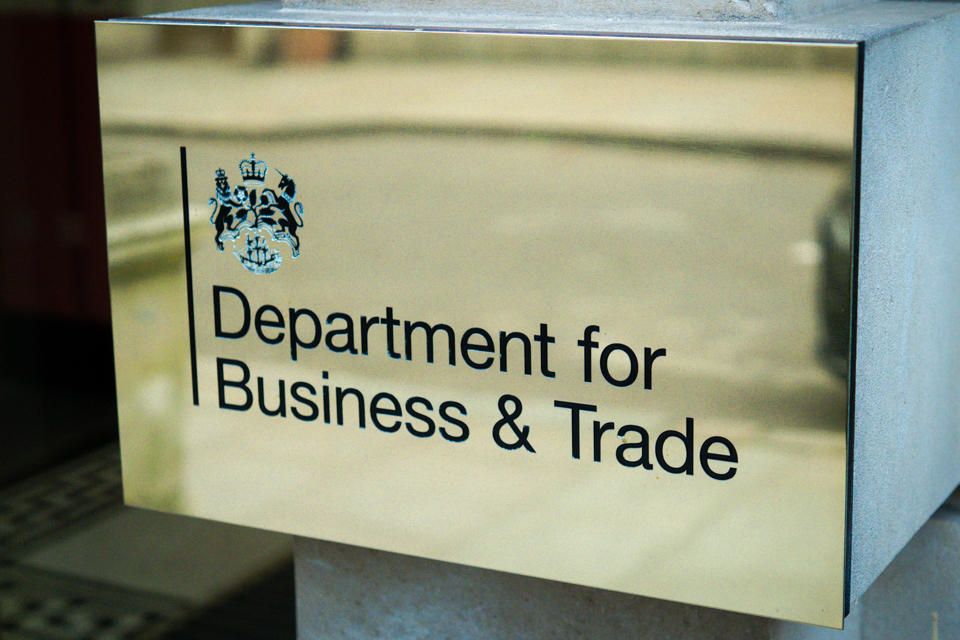RAAC crisis: Return of pandemic-style home learning for unsafe concrete schools should last ‘days, not weeks’ | UK News
A return to pandemic-style home learning for school pupils impacted by the unsafe concrete crisis should only last “days, not weeks”, the government has said.
More than 100 schools and colleges have been told by the Department for Education (DfE) to partially or fully shut buildings – just days before the start of the new school year – over fears about the safety of facilities built with reinforced autoclaved aerated concrete (RAAC).
However, the department says a move to remote education should only be considered as a “last resort” and only for a “short period”.
Schools impacted by the crisis have instead been advised by the government to find space in nearby schools, community centres or even “empty local office buildings”.
They say such spaces should be utilised for the “first few weeks” while structural supports are installed to mitigate the risk of collapse of structures built with RAAC.
Meanwhile, Labour has ramped up its calls for the government to reveal the “full extent” of the impact of RAAC, including by publicly listing the schools which have had to close or partially shut.
Schools Minister Nick Gibb has pledged to publish the list in “in due course”, while it is understood a full list will only be released by the DfE when all parents are informed and mitigations are in place.
Read: The list of all the schools we know are affected by concrete safety fears
Labour says it will call for a vote next week in the House of Commons with the aim of forcing the government to publish all official documents about their handling of the RAAC crisis.
The party’s shadow education secretary, Bridget Phillipson MP, said: “Parents and the public have the right to know where public buildings affected by this dangerous concrete are, what ministers knew about the risk that this concrete posed to life and why they acted to intervene only days before the start of the school term.
“An urgent, full audit is required to reveal the extent that Conservative ministers failed to replace this dangerous concrete across the public sector estate.
“It’s time ministers were transparent about their handling of this debacle: if they still refuse to publish these documents and give parents the reassurances they deserve about the risks to their children’s safety, then we will force a vote in parliament next week.”
The Liberal Democrats, meanwhile, have called on the prime minister to hold an emergency Cobra meeting over the problem.
Education Secretary Gillian Keegan says she will inform parliament next week “of the plan to keep parents and the public updated on the issue”.
In a statement on Saturday, the DfE said: “We are incredibly grateful to school and college leaders for their work with us at pace to make sure that where children are affected, disruption is kept to a minimum, and in the even rarer cases where remote learning is required, it is for a matter of days not weeks.”
Read more:
RAAC crisis: Obese patients can’t be moved from ground floor at hospital
RAAC: The once wonder material causing a chaotic start to the academic year
RAAC is essentially a lighter-weight form of concrete, used to build roofs, schools, colleges and other buildings from the 1950s until the mid-1990s.
But experts fear that the material has now reached the end of its shelf life and is liable to collapse.
Though not confirmed, it is estimated that around 24 schools in England have been told to close entirely because of the presence of RAAC.
More schools could be asked to shut classrooms in the future, according to ministers.
But the problem could be far wider than just schools, experts say, with other buildings at risk of “sudden and catastrophic collapse” if RAAC is not removed.
Chris Goodier, professor of construction engineering and materials at Loughborough University, said the “scale of the problem is much bigger than schools”.
He says it could cover public sectors including health, defence, and justice, as well as some private sector buildings.
NHS providers have already identified 14 hospitals, which were constructed “either wholly or in major part with RAAC”. Seven of these are considered “critical” and not fit for purpose beyond 2030.
Three buildings operated by Police Scotland have also been found to contain RAAC after an investigation of 65 structures.
Matt Byatt, president of the Institution of Structural Engineers, says any high-rise buildings with flat roofs constructed between the late 1960s and early 1990s may also contain RAAC.
Is your child’s school one that has been forced to close over unsafe concrete fears?
Share your story with us on WhatsApp here.
By sending us your video footage, photographs or audio you agree we can publish, broadcast and edit the material.







